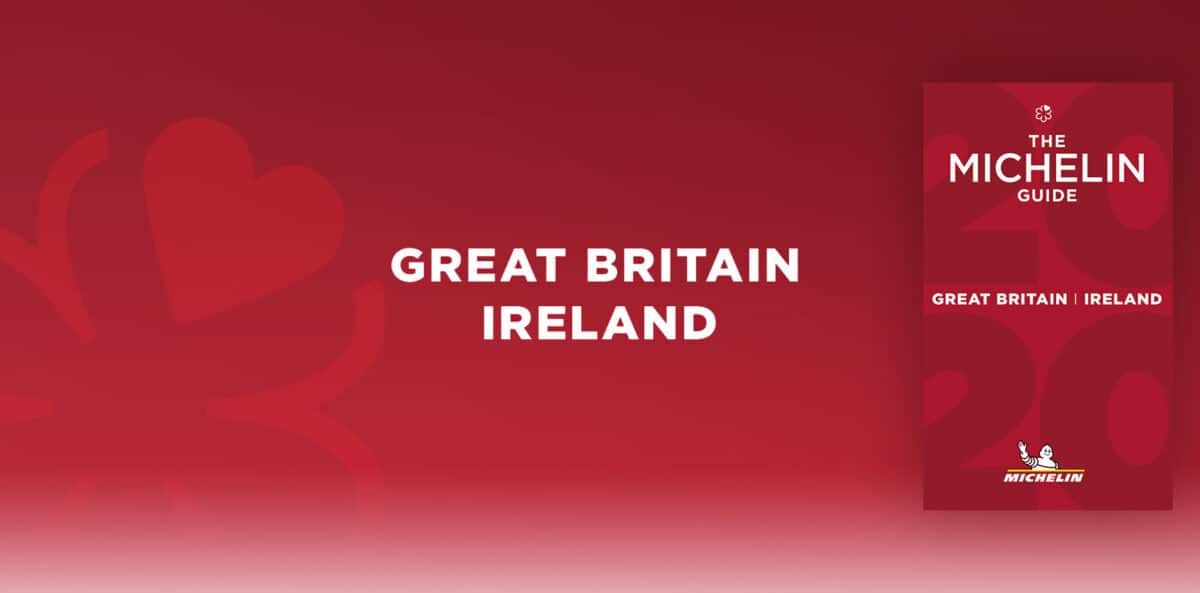If you are competing in a crowded marketplace, where your competitor is selling a product or service that is very similar to what you are selling, you need to do something that makes you stand out. You need to build a relationship with your audience. This is why companies invest so much money in branded content marketing.
75% of marketers are increasing investment in branded content creation. But awareness of what branded content can do for a company does not automatically translate to a company’s success. The missing step is the right branded content strategy. In this article, we’ll look at precisely how to create a branded content marketing strategy.
Before we get into the meat of the article, let’s first define branded content so we know we’re all on the right page. Let’s get started!
What is Branded Content?
Branded content is any content that attempts to convey the message of your brand to your target audience. The goal of a branded content marketing strategy is to establish a relationship between a company and customers without directly selling a product or service. Branded content can come in many forms:
- Videos
- TV Shows
- Podcasts
- White papers
- Case studies
- Blogs
- Infographics
The Michelin Guide is a great example of a successful branded content marketing strategy. Just take a second to consider what The Guide stands for. Do you associate it with fine dining? The culinary equivalent of the Lonely Planet?

It stands for a lot more than tires, I bet. Yet, in its conception, The Michelin Guide was simply a strategy developed by Michelin to get people in France using their cars so they’d buy more tires. Yet there was no direct advertising or promotion of the products that Michelin sells.
Another more recent example of branded content you might recognize is by Red Bull. They rely heavily on their sponsorship and promotion of extreme sports to sell their energy drink. Yet, there is little direct promotion of the Red Bull drink in any of the branded content videos. It’s just extreme sports stars doing incredible things.
So now we have a good understanding of what is branded content. Let’s look at some of the common strategies by which companies try and produce branded content that engages their target audience.
Appeal to Your Audience’s Emotions
Branded content often leverages audience emotions to generate sales.
How this works with positive emotions is pretty simple. You can either present your product like the one thing which will make your customers happy, or appeal to a sense of nostalgia.
The use of negative emotions in branded content is more subtle. Often, this involves discussing a problem or injustice that your audience cares about. You can then present your product as helping to solve this.
But this is not the only reason branded content needs to do this. When people are confronted with a decision, they affix emotions from previous experiences to their options. This is why nostalgia is such a powerful selling tool. These then lead to action.
Take a look at this P&G branded content that tugs at heartstrings by paying tribute to mothers from all over the world:
This is a universal truth. If a person has an emotional bond with a brand, they are more likely to purchase their product. In fact, by creating emotional bonds with your customers, they are almost 20% more likely to purchase from you.
Telling Stories with Branded Content
Branded content also utilizes storytelling to build relationships. Studies have shown that there is a correlation between good storytelling and spending habits.
Ilya Vedrashko, senior vice president or Origin, hit the nail on the head: “Stories move not only people, but they also move the product.”
When done properly, storytelling engages people more than a mere statement of facts. This is only natural. In essence, a good story is a collection of facts woven together with emotions.
The Reebok 25,915 Days campaign, for example, follows the races of several people. The viewer never finds out who wins, but they connect emotionally with the individuals involved, and by extension, the brand.
To be effective your stories must be three things;
- Authentic
- Unique
- Meaningful
They also have to be in line with your company’s mission and vision.
Additionally, you have to consider what emotional response you’re looking for. What is it that you want your targeted audience to feel after seeing your ad? Is it happiness, sadness, surprise, or anger?
How to Create Branded Content
Now that you know the importance of it, it’s time to learn how to create branded content. But don’t commit that common mistake of creating the content first and then deciding how and where the content will be used.
Remember that the most effective branded content is tailor-made and optimized for the target audience. That means conducting audience research first before content creation.
Audience Research
Knowing who you’re dealing with is crucial to an effective branded content marketing strategy. The rationale is simple. Since the branded content is aimed at specific viewers, your content should be in line with what will keep them interested.
The most obvious example of this is age. Older consumers are typically much more loyal to the brands they know and love. By contrast, young people are most concerned with finding brands with their own values.
Sticking with the age example, you can use audience research to figure out which platforms you’ll target with your branded content.
You can also research specific problems that your audience might face day-to-day. The content that you make should be transferable and easily adjustable to each platform your targeted viewers use. Take into consideration that each channel also requires a different approach.
Visual Branding
We’ve already seen that branded content the emphasis is on the company. As such, it’s crucial to establish a strong visual brand.
When viewers see your branded content, you have to make it known to them, without being direct, that it is your brand that is behind it. In short, your brand should be recognizable without being explicitly identified. You can do this through color selection.
For example, in this portion of a video for the Share a Coke USA branded content marketing strategy, the Coca Cola logo is not seen but the screaming color red and the font in the bottle are enough for the viewer to know that the campaign is Coca Cola.
To see how this might apply visually in other content mediums and social networks, check out this post on how to create branded content for Instagram.
Brand Guidelines
To ensure uniformity across your branded content, it’s essential to provide guidelines to your creators.
Determine what you are as a company and your values and distill these into a guide for everyone to follow. For example, a brand style guide for content should include the following:
- Brand attributes
- Tone
- Style rules
- Examples
These should be complemented with a clearly defined set of brand values, including;
- Causes you support
- Sense of humor
- Characteristics
- Ideal customer persona.
For example, I’m setting myself up as an SaaS consultant. The brand I’m creating is based on my personality. I try to be relatable in real life, and I want the branded content to reflect this. That means ensuring content is fun, original, unpretentious, but offers value.
These are my brand values, and the brand guidelines are built to reflect this.
Always remember that your company’s voice and mission, and therefore your brand guidelines, should be targeted toward your ideal audience.
How to Create Shareable Branded Content
It can be difficult to create shareable branded content nowadays, especially with social media network algorithms reducing reach dramatically for organic content. In fact, to go around this, Adweek has found that 91 percent of retail companies use at least two social media networks to promote their content.
But the key to creating shareable branded content is actually not that complicated.
In fact, we’ve already seen most of the characteristics which make content shareable. These are the characteristics of any good content:
- It tells a story
- It appeals to your audience’s values and reflects your company’s values at the same time
- It provides value to your audience
- It is unique
Additionally, content is more shareable if:
- It capitalizes on trending topics
- It gets people inspired
Put all these together, and you’ll get branded content that is shareable, even viral.
Purina, for example, partnered with Buzzfeed to create a video about a man finding a friend in a puppy named Chloe. The video was viewed and shared over 28 million times.
It’s got all of the elements we’ve already discussed.
How to Create a Branded Content Marketing Strategy
In this article, we’ve explored the relevance of branded content in marketing. We saw in particular that branded content is a broad field, comprising every imaginable medium and genre of content. We also saw that the key things which set branded content apart from traditional advertising are great storytelling and creating emotional bonds.
Any good branded content strategy is informed by audience research. This, in turn, allows you to establish the best possible visual branding and brand guidelines for creating inspirational and shareable content. Now it’s over to you. Creating a branded content marketing strategy may not be a walk in the park, but with the information here, it can be a lot easier.
